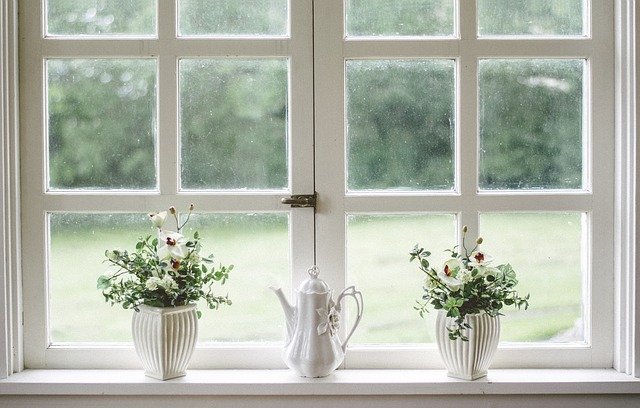There are many advantages of buying a kit home. The most obvious is that you’re in control of the construction process. That means you can control quality and the timing of the build. Additionally, you can save money on hiring contractors. Professional contractors are needed to build a finished home, so a DIY home kit can save you money.
Flexibility
Buying a kit home is a convenient way to build your own home. These preassembled kits are easy to assemble, and most have simple instructions. The process may take as little as a few days to complete. Many kit homes range from a modest 60 square foot structure to a full-sized three-bedroom residence. Kit homes are available through companies like Shelter-Kit, Bungalow in a box, and The Home Depot.
When you buy a kit home, you save money. The materials needed for construction are typically shipped to the builder and assembled on-site, reducing the time needed to complete the project. You can also customize the layout and design of the home to meet your needs. Custom-made layouts also eliminate gaps between rooms or wasted space.
The base price of a kit home can range from as little as $40,000 for a bare-bones house. But this price does not include many of the most essential costs of building a home. Depending on your needs, the kit home may cost much more than the base price. If you’re a first-time homeowner, buying a kit home may be a good option.
Cost
Before buying a kit home, it’s important to consider the cost. The price of a lockup house kit, for example, can run up to $30 per square foot. But that doesn’t include the cost of drywall, insulation, or any other interior elements. A full-kit home will typically cost between $200,000 and $300,000, depending on the kit. It’s best to speak with a general contractor before making a decision.
Another consideration is the amount of time required to complete the kit home. A traditional home build can take months or even years. A kit home doesn’t need as long to complete, and there’s less of a risk of weather-related delays during construction. Additionally, kit homes are more flexible and can be customized to meet your needs.
Purchasing a kit home may be a good option for people who can’t afford a custom home or don’t have the time to complete the construction process. The cost is often significantly lower than a custom home, and the home manufacturer can deliver the entire kit to your doorstep within a few weeks. The pieces are cut and labeled, and the instructions for assembling the home are included in the package. Moreover, you can get financing for the entire kit.
Value
Buying a kit home is a great way to save money on the construction of your home. Because the materials are purchased in bulk and delivered to the factory, the price per square foot can be lower. However, you should remember that some kits are lacking in important construction materials. It is advisable to get a price estimate from a contractor before buying a kit home.
Some older kit homes have historical cachet. For example, Catarina Bannier, a real estate agent in Washington, DC, said she recently sold a Lewis Manufacturing model for nearly $2 million. This was 40% more than the asking price. That’s not a bad deal for an older kit home.
A kit home can be either a shell or a complete turn-key home. Some kits come precut and ready to assemble. Kit homes from Grunberg, for example, come in preassembled sections. The customer then assembles each section on a foundation. Plumbing, electrical, and foundation work are usually contracted out.
Variety
A kit home offers the convenience of a ready-made home without the hassle and costs of custom-made construction. A lockup home kit typically includes walls, roof, and windows, as well as exterior doors and insulation. It does not, however, include the foundation. Some manufacturers offer full kits, which include a foundation, but not others. This can lead to wasted time and labor.
Another advantage of home kits is their customizability. Many homeowners have special requests that can be fulfilled with the addition of their own features. Additionally, it is often easier to build a kit home if you live off the grid. Home kits can also be used in remote locations, where traditional construction would be difficult. However, kit homes have some limitations, including their lack of industry standards.


